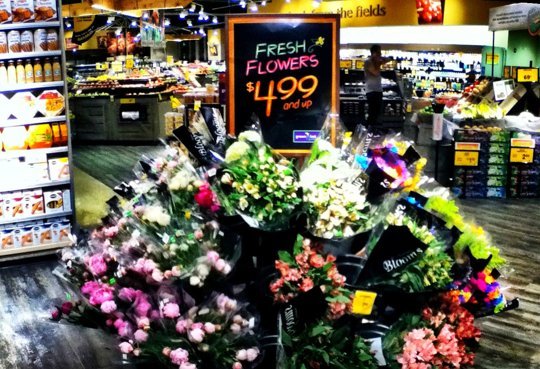Unlike mortgage and loan payments, the amount we spend each month on groceries is somewhat fluctuating. The most common advices to reduce grocery spending are by buying generic brands and using clipping coupons. However, although this is a sound advice, it is important for us to understand that there are other things that we should do to reduce groceries shopping. In grocery stores, we are encouraged to spend more than what we need. It means that we should know how grocery stores encourage us to spend more. In this case, it is possible for us to combat their tactics. It means that we should spend money on things that we really need. Grocery stores are more than just places to purchase food and various household necessities. There are cutting edge techniques to trick users to buy more.
- Smell: At specific sections of the grocery stores, we will be confronted by mouth-watering smell. There’s a reason why grocery stores bake their own bread. Bakery is often found inside the grocery stores, enticing us with wonderful smell. Our sense of smell can cause us to feel hungry. Grocery stores know that if the put a bakery inside, people will get hungry and purchase bread. Fortunately, there’s a simple way to deal with this tactic. We should go to grocery stores after we have a large meal. This will allow us to resist the temptation better.
- Store layout: It is a common tactic to put basic household items deep in the stores. When we want to purchase some staple items, we may need to walk the whole grocery stores. Less essential items, such as appliances, clothing, utensils and others can be found immediately on the entrance. Grocery stores know that by making us walk farther, it is likely that we will be interested to purchase something along the way. This is an effective strategy for people who are easily encouraged by impulse buying. When buying a few staple items, we should consider it a light exercise to walk longer in the grocery stores.
- Item placements: There are actually some sweet spots on the shelves. Manufacturers pay high stocking fees to have their products placed at adult eye level on the shelves. On the other hand, children-oriented products, such as snacks, can be placed at child eye level. This is an obvious thing, because people are more likely to purchase things that they immediately see. It means that, before we grab the first thing we see, we should check the lower and upper part of the shelves for alternatives. Often, we see items with identical purposes and functions at much lower prices.
- Sale offers: Grocery items will try to entice shoppers by selling some products at rock bottom price and advertise them heavily. Although these deals may look like genuine bargains, we shouldn’t be easily fooled. They may not be the true deals and discounted products are often placed near higher-priced products. Often, grocery stores allow us to purchase specific items after we have spent specific amount of money on other non-discounted items.
